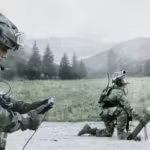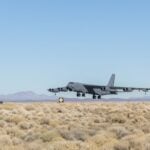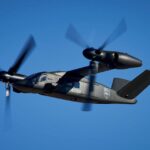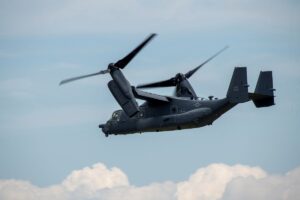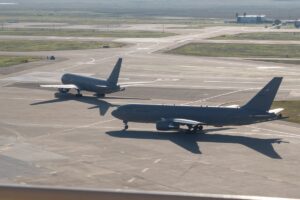
The House Armed Services Committee (HASC) wants to hear from U.S. Air Force Secretary Frank Kendall on the possibilities for commercial air refuelers to provide a wartime surge capacity for the service's fleet of Boeing [BA] KC-135, KC-10, and KC-46A Pegasus tankers. "The committee continues to recognize the stresses on the Air Force’s tanker refueling fleet and annual unmet aerial refueling requirements," according to an en bloc amendment to H.R. 2670 by freshman Rep. Mark Alford (R-Mo.), a member of…


